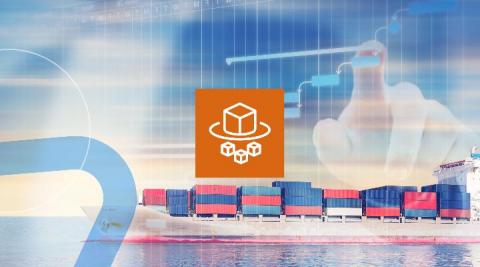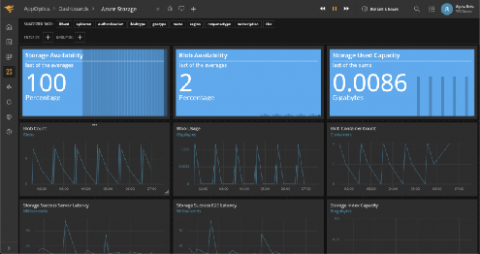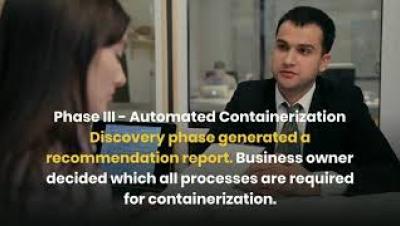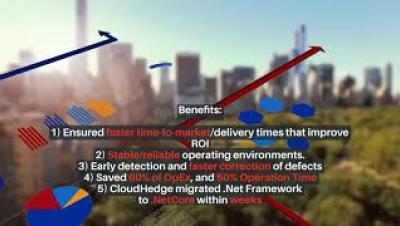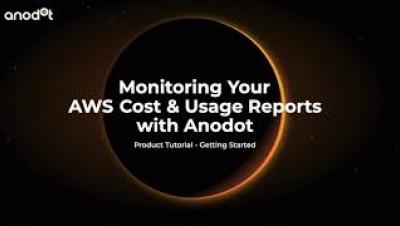Operations | Monitoring | ITSM | DevOps | Cloud
Cloud
The latest News and Information on Cloud monitoring, security and related technologies.
InfluxDB Cloud extends to Microsoft Azure Cloud - now available on all major cloud platforms
SAN FRANCISCO — July 22, 2020 — InfluxData, creator of the time series database InfluxDB, today announced that InfluxDB Cloud is now available on Microsoft Azure, furthering the company’s commitment to increase accessibility to developers. With this announcement, InfluxDB Cloud is now live on all three major cloud platforms — Microsoft Azure, Google Cloud and Amazon Web Services.
AWS Fargate pricing: how to optimize billing and save costs
AWS Fargate is a managed service that enables you to run containers in Amazon Elastic Kubernetes Service (EKS) or Elastic Container Service (ECS). Since Fargate is serverless, you don’t need to provision or manage servers or clusters. However, you do need to set up package containers, define resource requirements, and configure permissions and networking policies. Fargate pricing is determined according to virtual CPUs (vCPUs) requirements, as well as usage of GBs of RAM for running services.
Up and running with Calico Host Micro-segmentation on AWS
Monitor Azure Functions With the Simplicity of AppOptics
What Is Serverless Architecture?
Serverless has been around for a minute now but it’s safe to say that it’s still in its infancy in 2020 and definitely has a long way to go. But serverless architecture is a major step away from to dependence on humans and towards reliance on machines. Are the machines already talking over? Not literally the “Terminator” movie scenario quite yet but is this the beginning of the end of an era in the world as we know it?
Automated Containerization and DevOps Solution for a Leading Agro and Dairy Producer.
Implementation of DevOps and Transformation of a .Net Framework to .NetCore for a Banking ISV
Anodot Tutorial: AWS Cost & Usage Report (CUR) Monitoring
Good Catch: Cloud Cost Monitoring
Aside from ensuring each service is working properly, one of the most challenging parts of managing a cloud-based infrastructure is cost monitoring. There are countless services to keep track of—including storage, databases, and computation—each with their own complex pricing structure. Monitoring cloud costs is quite different from other organizational costs in that it can be difficult to detect anomalies in real-time and accurately forecast monthly costs.




